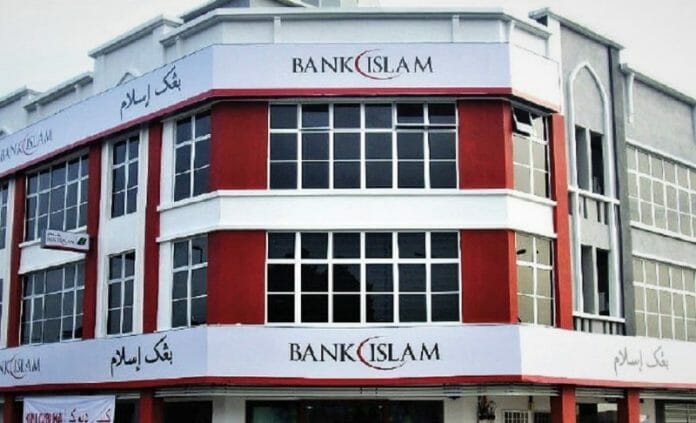RAM Ratings has assigned a long-term rating of A3/Stable to Bank Islam Malaysia Berhad’s proposed RM5 bil Additional Tier-1 Capital Sukuk Wakalah (AT-1 Sukuk).
Since last reviewed in December 2021, Bank Islam’s credit metrics have stayed intact. Asset quality ratios continue to fare better than the banking systems despite the impairment of a lumpy corporate exposure late last year. The Bank’s gross impaired financing (GIF) ratio edged up to 1.0% as of end-March 2022 (end-December 2020: 0.7%; banking system: 1.6%) while financing loss coverage was around 181%.
Meanwhile, financing under relief reduced to 4.6% as of end-March 2022 (end-December 2021: 40%). Defaults will likely crop up as customers wean off financial reprieve measures and resume normal repayments, although GIF formation will be partly mitigated by the Bank’s sizeable portion (above 60%) of consumer financing with non-discretionary salary deduction or salary transfer arrangements. RAM further believes that Bank Islam’s sturdy provisioning and capital buffers (common equity tier-1 capital ratio of 14.0%) will provide sufficient headroom against potential credit weakening. The ratings also consider ready financial support from the Bank’s ultimate major shareholder, Lembaga Tabung Haji (effective stake of 48.3%), if necessary.
Bank Islam’s earnings for 2021 were affected by higher operating expenditure as well as more subdued investment and trading income. Pre-tax profit fell 3% to RM704.2 mil in fiscal 2021, resulting in a lower return on risk-weighted assets ratio of 1.6% (fiscal 2020: 1.8%). While dampened, the Bank’s profitability is still deemed sound, upheld by a wide net financing margin (NFM). Bank Islam’s NFM was broadly stable, hovering around 2.3% in fiscal 2021 and 1Q fiscal 2022 (annualised), thanks to a high share of lucrative personal financing (~30%) and proactive management of the Bank’s liability profile.
RAM expects the NFM to benefit from the recent 25-bp overnight policy rate hike and the likelihood of another increase in 2H 2022, given that more than 90% of the Bank’s financing are floating rate facilities. Margin expansion however could be partially stifled by keener deposit competition.









